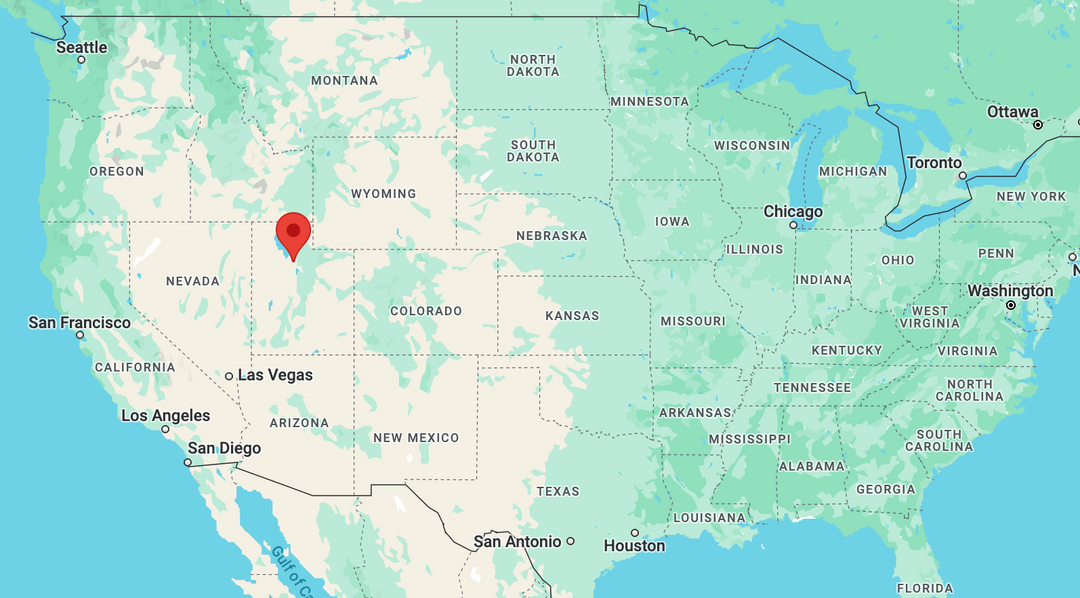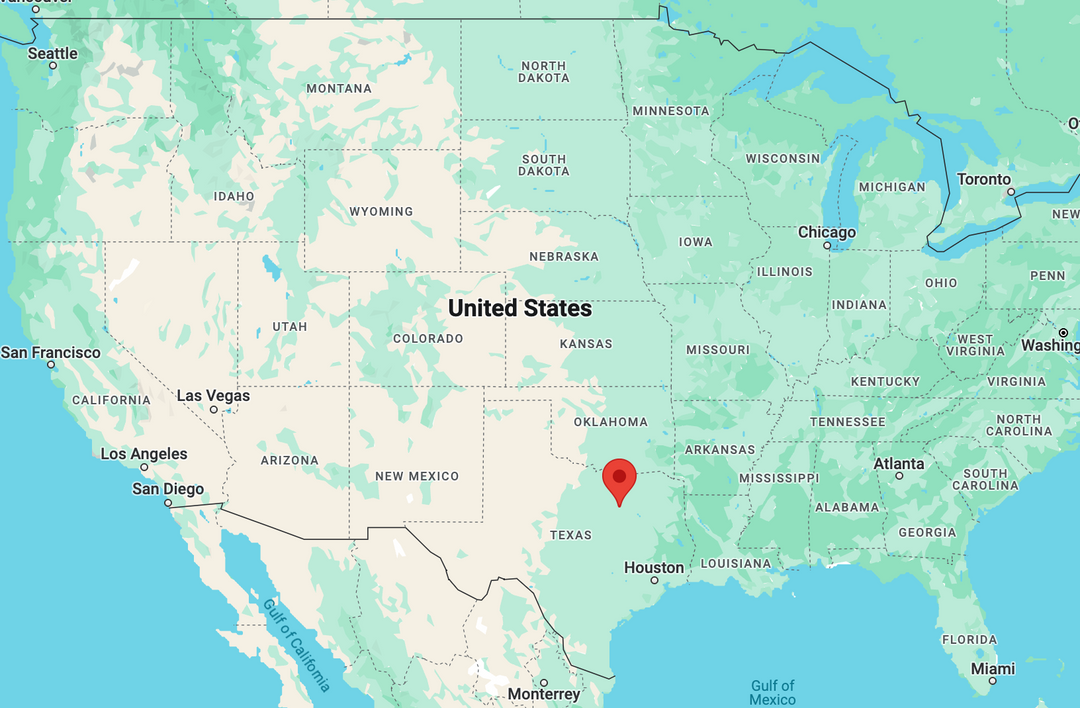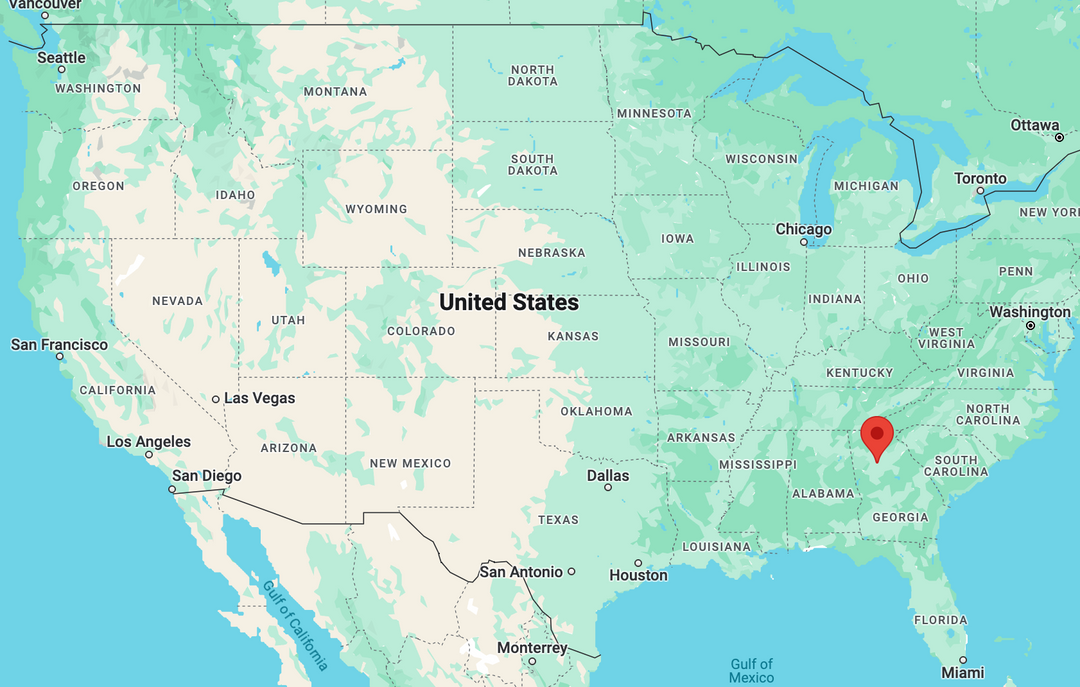Installation Instructions
Spacewall Panels are Easy to Attach
 Slatwall panels are marked at the factory with directional arrows on the back side indicating the top edge of the panel. During installation, special care should be taken to make sure all panels are oriented with directional arrows in the "up" position. This will help to ensure optimal slot alignment from panel to panel.
Slatwall panels are marked at the factory with directional arrows on the back side indicating the top edge of the panel. During installation, special care should be taken to make sure all panels are oriented with directional arrows in the "up" position. This will help to ensure optimal slot alignment from panel to panel.
 Spacewall panels are easy to attach with the right tools and our suggested techniques. Our panels can be fitted to finished or unfinished walls with several types of fasteners including Drywall, sheet metal, and trim screws. (It's important not to have the screw heads protruding into the channels because this could inhibit the movement of hardware.) Countersunk flat-head screws work best for this purpose. Attachment should always be made through the channels and never through the slats.
Spacewall panels are easy to attach with the right tools and our suggested techniques. Our panels can be fitted to finished or unfinished walls with several types of fasteners including Drywall, sheet metal, and trim screws. (It's important not to have the screw heads protruding into the channels because this could inhibit the movement of hardware.) Countersunk flat-head screws work best for this purpose. Attachment should always be made through the channels and never through the slats.
Construction adhesive may be used as a supplementary attachment medium to form a more secure bond with the wall, or when two horizontal panels are butted together. Horizontal panels provide a longer, more seamless appearance than vertical slatwall because they are installed in pairs with the seam hidden in the channel where the panels are butted together.
Level All Panels Before Installing
 When installing horizontal panels always level the bottom panel first.
When installing horizontal panels always level the bottom panel first.
Vertical panels are designed to be fitted to walls by butting each panel against the preceding one. The joining point between panels is more obvious than with horizontal panels, so we suggest placing a piece of trim over the joint to give it a more decorative appearance. Trim can also be inserted between adjoining panels and painted with matching or contrasting colors for a more dramatic effect.
Additional Installation Methods
-
Attaching with Screws
 Attaching panels with the screws and adhesives, butting the top and bottom edges in the channels.
Attaching panels with the screws and adhesives, butting the top and bottom edges in the channels.
-
Attaching to Masonry
 Attaching panels to masonry walls using furring strips and screws.
Attaching panels to masonry walls using furring strips and screws.
-
Attaching to Metal Studs
 Attaching to metal studs with screws, using no less than 16" centers between studs.
Attaching to metal studs with screws, using no less than 16" centers between studs.
-
Attaching to Wood Studs
 Attaching panels to wood studs with screws, using 16" centers between studs
Attaching panels to wood studs with screws, using 16" centers between studs
-
Attaching to Drywall
 Attaching to drywall with plastic anchors, countersinking screw or nut in channel.
Attaching to drywall with plastic anchors, countersinking screw or nut in channel.
Panels can be cut with either a skill saw or a table saw. A good quality carbide trim blade with 60-80 teeth is recommended. If using a skill saw, cut the panel face down to protect the face. You can cut the panel face up with a panel saw. Even though the Omniwall and J-Metal wall products incorporate aluminum extrusions in the panel, they require no special handling, and can be cut using the above procedures. For acrylic mirror panels, follow the above instructions; however use a blade with at least 80 teeth and a very slow rate of feed.
All panels are manufactured with a mark along one side to indicate the factory edge. To ensure best fit, please be sure to orient boards with marks in the same position, typically up. Occasionally, it may be necessary to reverse a board for better alignment.
Securing to WallsPanels can be mounted over existing walls (such as sheet rock); or in a new construction site, can be mounted directly to the studs if local codes allow. If attaching to concrete walls, use furring strips. In any application, a panel adhesive is strongly recommended. To secure panels to the wall, use #6 or #7, 1-1/2” sheet rock screws through the grooves. Use approximately 24 screws per panel. Use a row of four screws in each stud. For a more secure fit, alternate the screw pattern on every other stud.
To mount panels with metal inserts, the most common application is to drill a pilot hole with a counter sinking bit, and use 1-1/2” sheet rock screws or self-drilling sheet metal screws. For maximum hanging strength, always screw through the metal insert into the wall.
Important note: When installing J-metal boards (or boards where the slot is not symmetrical) the lip of the slot MUST be oriented up for display hardware to fit.
Never install screws or drill holes through the panel face, only the grooves.




